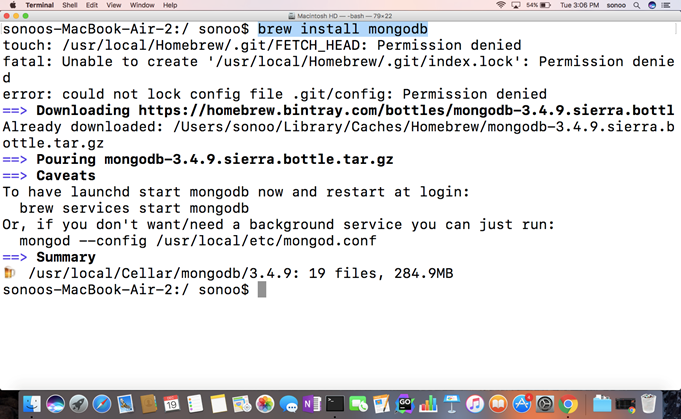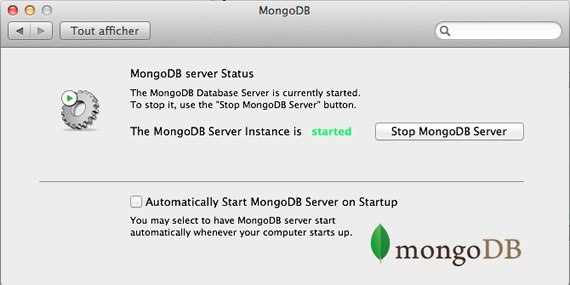

A lot of my experience has been around relational databases, be it MySQL, SQL Server, Oracle or PostgreSQL. I am of course talking about a time before Spring initializr made life easy. I am an old timer, I have been around since the days when Java or J2EE would take a couple of days to just setup.
#Gui for mongodb for mac how to
In this post, I will talk about how to setup a local instance of MongoDB, run it, insert data into it via the Mongo shell, view it using a GUI like MongoDB Compass and connect it to a NodeJS backend. On starting with MongoDB, I found that setting up and connecting to a local MongoDB database wasn’t very straightforward. Prior to this, I have worked with various relational databases and a NoSQL database that wasn’t MongoDB. This was one of the first times I worked so heavily with MongoDB database. Hence, I have a connection url to connect to the MongoDB instance and I can connect to it without any dramas. For the purpose of the project, I am mostly working with a MongoDB instance stored somewhere on the cloud. Mostly, REST APIs and the database backend for which we use MongoDB. The most recent project at my work is all about building APIs.
#Gui for mongodb for mac mac
So which UI do we prefer? Our developers on windows prefer to use MongoVUE but the ones on Mac prefer RoboMongo.I have spent a lot of time working with MongoDB and NodeJS lately. If actively maintained I think this could be the best cross platform GUI for MongoDB. There are some quirks in the UI which I think will get worked out over time. One of the coolest features is that it also has support for the shell – so you can still continue to use the shell commands that you are comfortable with. You can also save your queries for later usage. The query interface displays data in tree view, table view and text view. There is also support for connecting through a SSH tunnel. It is also one of the few GUI’s that supports SSL connections to your mongodb server. It’s still early days for RoboMongo with the latest version being 0.8.4. Also there doesn’t seem to be a lot of checkin activity – so we suspect the project is inactive.Ĥ) RoboMongo is shell centric MongoDB GUI that supports the Windows, MacOS and linux platforms. The find interface only presents data in a tabular/text model – so it could be an issue when you are working with multilevel documents. The UI is no frill, fairly easy to use and supports all the common options of working with collections, stats etc. You can also choose to run the PHP server on your local box. The downside of the html based approach is that you need a PHP server to run this GUI. The GUI is authored in PHP and is open source.
#Gui for mongodb for mac software
In our experience the software appears to work fairly well but it doesn’t seem like it is being maintained – so use at your own risk.ģ) RockMongo is a html based MongoDB GUI. Also there is no way to save a find query for later. The query interface is a little bit more limited in that it only seems to support a tree view. The “StatMonitor” feature give you a live display of stats a.k.a mongostat.

It provides you an option to connect to your MongoDB server through a SSH tunnel which is fairly convenient from a security perspective. Overall the software appears stable and well maintained.Ģ) MongoHub is a native Mac GUI for MongoDB. The more advanced features requires you to purchase a license. You can also save your find queries for later usage – we find this rather convenient. Data can be presented in text view, tree view or table view.

It has a simple clean UI and the basic features are free. As always your mileage might vary depending on your scenario and preferences.ġ) MongoVue – MongoVue is a desktop GUI for the windows platform. Our main scenarios are data visualization, presentation and editing.

Our customers regularly ask us which UI we recommend – below are some of the options for MongoDB UI we have considered. There are a number of options when it comes to MongoDB GUI, some good and some not so good. The mongo shell works great for administrative actions but when working with larger amounts of data, the UI becomes fairly important. A good UI is an important part of the development experience.


 0 kommentar(er)
0 kommentar(er)
